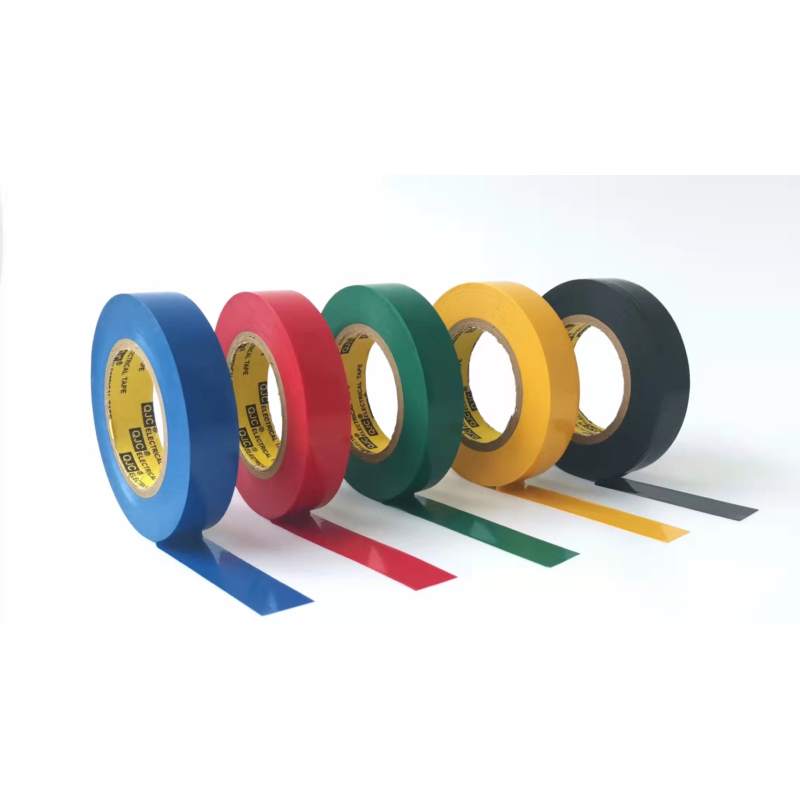High Temperature Insulation Tape An Essential Tool for Industrial and DIY Projects
In various industries, ensuring optimal performance while preventing damage from heat exposure is a crucial concern. High temperature insulation tape has emerged as a vital solution for managing heat-related challenges in both industrial applications and DIY projects. This specialized tape is designed to withstand extreme temperatures, making it ideal for insulating electrical components, sealing joints, and providing thermal protection.
One of the primary benefits of high temperature insulation tape is its ability to endure elevated temperature ranges, often exceeding 500 degrees Fahrenheit (260 degrees Celsius). This makes it suitable for use in environments such as manufacturing plants, automotive facilities, and aerospace engineering. It effectively protects wires, cables, and other components from heat generated by machinery or electrical processes, thereby reducing the risk of short circuits, overheating, and equipment failure.
High temperature insulation tape is typically made from materials like silicone, fiberglass, and mica, which are known for their excellent thermal resistance. Silicone-based tapes, for instance, provide not only high temperature tolerance but also flexibility and durability, making them easy to apply and mold around different shapes. Fiberglass tapes offer added strength and are often used in applications requiring both thermal and mechanical protection.
high temperature insulation tape

Aside from industrial uses, high temperature insulation tape is also popular among DIY enthusiasts. Home improvement projects that involve electrical wiring or advanced electronics can benefit significantly from the use of this tape. For example, it can be used to wrap electrical connections in high-temperature appliances, ensuring safety and longevity. Moreover, it allows for clean sealing of heated pipes in plumbing, reducing energy losses and maintaining system efficiency.
When choosing high temperature insulation tape, it is essential to consider the specific temperature ratings and applications. Tapes can vary in size, thickness, and adhesive properties, which can impact performance based on the intended use. For maximum effectiveness, users should always follow manufacturer guidelines regarding surface preparation and application techniques.
In conclusion, high temperature insulation tape is an indispensable resource for tackling heat-related challenges in various settings. Its resilience to extreme temperatures and versatility make it suitable for both industrial applications and home improvement projects. By incorporating this tape into their workflows, professionals and DIYers alike can enhance safety, efficiency, and longevity in their electrical and thermal insulation endeavors.
-
XIANGFAN Rubber Tape-Ultimate Solutions for All Your Insulation NeedsNewsJun.24,2025
-
XIANGFAN Rubber Tape-Protection for Industrial and Residential ApplicationsNewsJun.24,2025
-
XIANGFAN Rubber Tape: Superior Safety and Sealing for Demanding EnvironmentsNewsJun.24,2025
-
XIANGFAN Rubber Tape: Reliable Solutions for Every Electrical ChallengeNewsJun.24,2025
-
XIANGFAN Electrical & Industrial Tape: Powering Reliability Across IndustriesNewsJun.24,2025
-
XIANGFAN Electrical & Industrial Tape: Excellence in Every ApplicationNewsJun.24,2025
